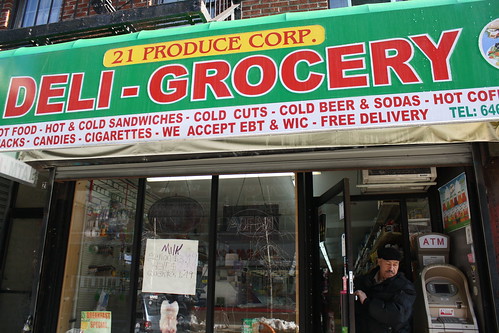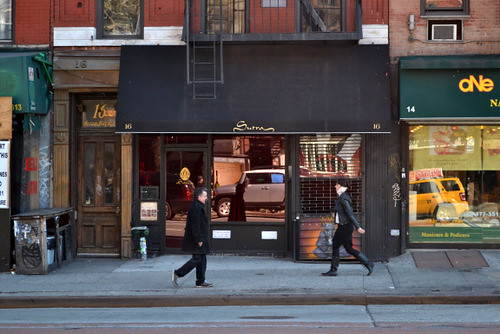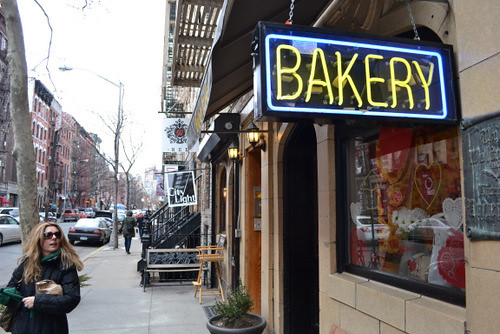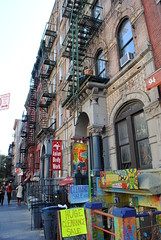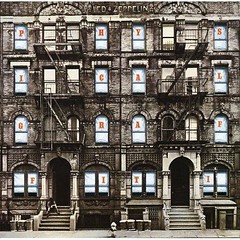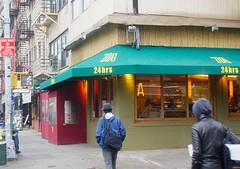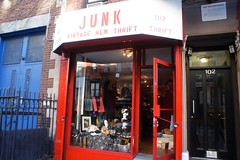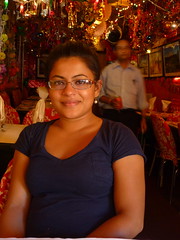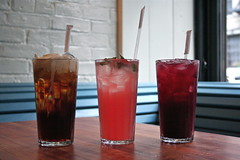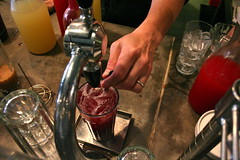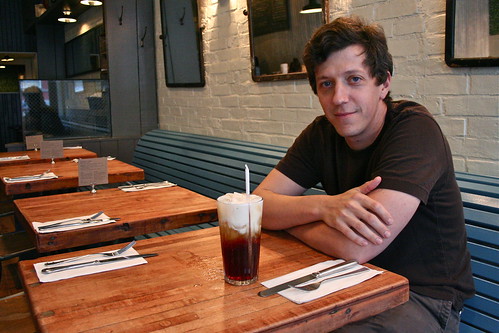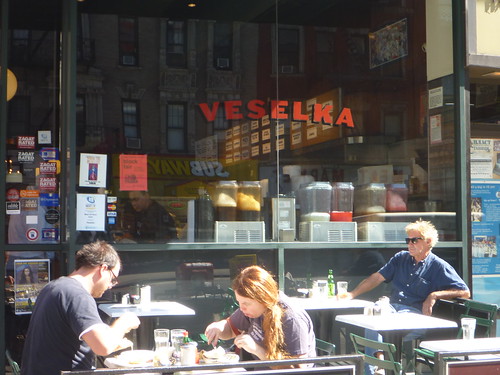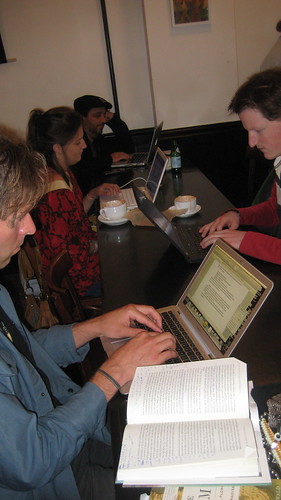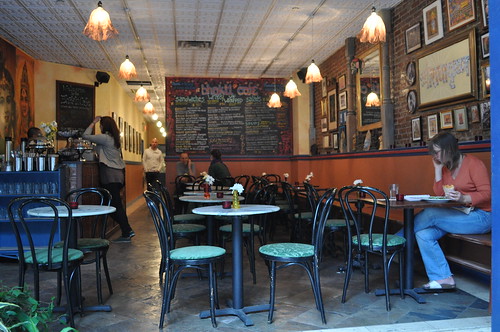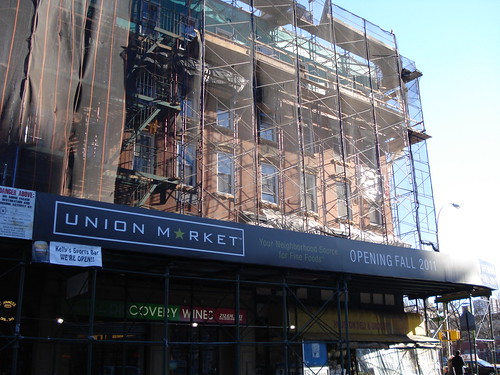 Kathryn Kattalia As the Brooklyn-based Union Market prepares to make its Manhattan debut in the East Village this fall, it’s trying to be seen as just another grocery store – despite such features as an oyster bar and an assortment of nearly 300 domestic and imported cheeses.
Kathryn Kattalia As the Brooklyn-based Union Market prepares to make its Manhattan debut in the East Village this fall, it’s trying to be seen as just another grocery store – despite such features as an oyster bar and an assortment of nearly 300 domestic and imported cheeses.With its wide array of fresh olives, a sprawling oyster bar and assortment of nearly 300 domestic and imported cheeses that accompany an equally diverse selection of dried meats and charcuterie, Union Market doesn’t exactly seem like your typical neighborhood grocery store.
And yet, as the Brooklyn-based mini chain prepares to make its Manhattan debut in the East Village this fall, that’s exactly what it wants to become.
“You can stop on your way home and get everything that you need,” said Marko Lalic, one of the store’s co-owners.
It’s been more than a month since scaffolding first went up at 240 East Houston near Avenue A, announcing the arrival of the new store which plans to take over the first floor of a building currently housing another small market, Houston Deli and Grocery. Spanning 6,000 square feet and offering a range of all-natural produce, Mr. Lalic said Union Market will provide customers with the intimate shopping experience often associated with local grocers.
But in a neighborhood brimming with corner bodegas and small markets, some area grocers fear the new store is another example of outside competition swooping in on small businesses already struggling with high rents in a slow economy.
Read more…



